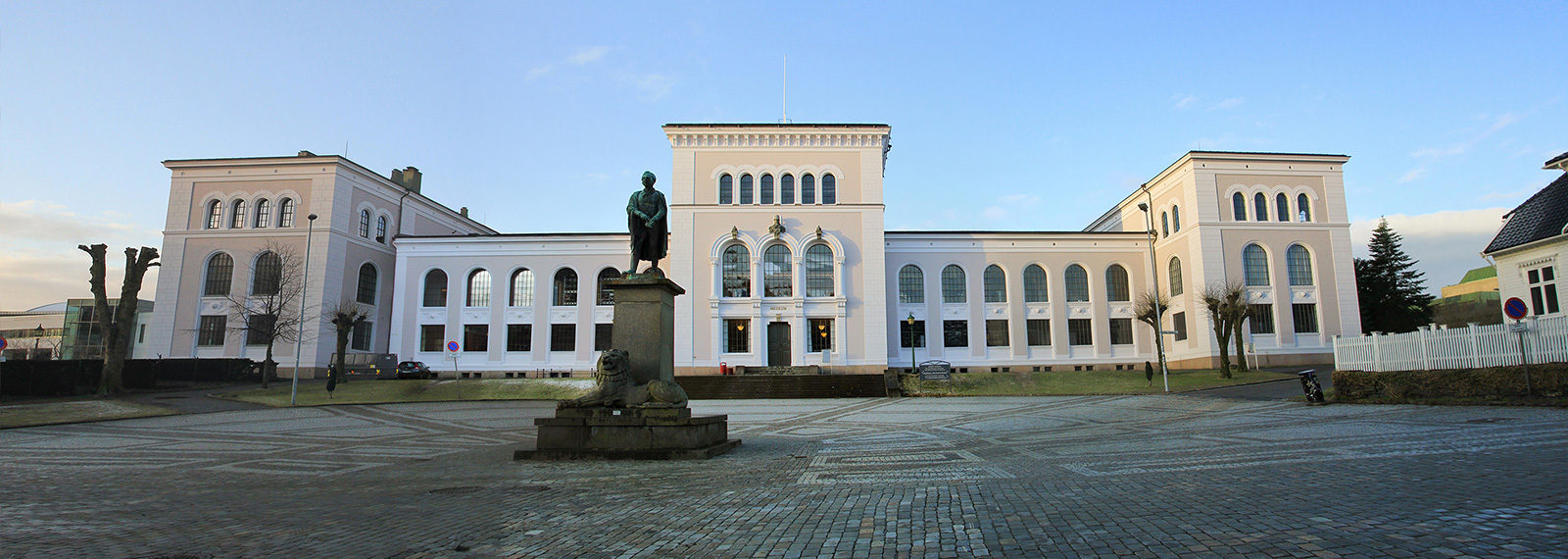Much needed policy experimentation on the European Degree Label – a challenging opportunity
28 April 2023
Rector Pilar Aranda Ramírez, University of Granada
The European Strategy for Universities and the subsequent Council Recommendation on building bridges for effective European higher education co-operation adopted on 5th April 2022 both make clear reference to the need to eliminate barriers to the development of joint academic programmes, and in particular of joint degrees, in order to advance in the necessary transformation of the European university system. This renewed call to action recognises the continued and daunting challenges posed by the implementation of joint degrees in many European Union (EU) and European Higher Education Area (EHEA) countries despite repeated commitments at successive inter-ministerial conferences to the elimination of barriers, the shared adoption of the European Standards and Guidelines, or the institution in 2015 of the European Approach to the Quality Assurance of Joint Programmes.
One of the major original stated aims of the European Universities Initiative is precisely to facilitate this longstanding ambition of many universities which has been addressed by numerous initiatives, programmes and projects over the years, to little avail, leading to considerable continued frustration.
Previous initiatives and current work in particular within the 44 existing alliances have identified major obstacles due to a series of factors, such as major divergence in quality assurance (QA) procedures between national contexts (institutional accreditation versus programme accreditation; ex ante versus ex post accreditation; major differences in the need for re-accreditation following programme changes or new partners; diverse time scales for validity of accreditation), leading at times to the need to accredit the same programme several times. Some national contexts offer no possibility for universities to use quality assurance agencies (QAAs) from other countries, or for agencies to apply the European approach. There is also major divergence in the complex bureaucratic procedures for the approval and implementation of new programmes (internal institutional QA systems, QAAs, authorization from different regional and national authorities), with procedures often taking up to two full years before a programme can be advertised to potential students. There is divergent national legislation on the length of study programmes, on tuition and other fees, on use of different languages of instruction, on the issuing of diplomas, for the delivery of programmes and staffing, or for selection and admission regulations and processes. Obstacles exist also with the funding programmes for mobility, including ineligibility of students registered simultaneously at “home” and “host” universities.
These obstacles exist variously at institutional, regional, national and European level, and are of diverse nature: regulatory, cultural, financial, social and require a broad-based, multi-level and collective effort for their elimination, often impeded by the narrowly national contexts in which debates occur. Some of them arise from a profound lack of trust in other EHEA systems despite the existence of strong and commonly agreed QA standards and guidelines.
The six policy experimentation projects currently underway across Europe, with the involvement of quite a number of Coimbra Group universities and of the Coimbra Group itself as an associate partner, offer an opportunity for evidence-based approaches and proposals for solving some of these challenges, and for analysing the feasibility of introducing a European degree label as the first step to progress in the implementation of truly European degrees. The projects aim to offer a multilevel, multicultural approach facilitating (1) dialogue within universities, (2) dialogue in national contexts with all stakeholders, especially national authorities and quality assurance agencies, (3) dialogue at each level across national contexts and (4) dialogue across national contexts and levels, in the pursuit of robust, durable solutions.
The initiative is not without its own challenges. The first is the risk of duplicating effort across projects, and hence the need for strong and focussed coordination amongst the six project teams and with essential stakeholders such as national authorities and quality assurance agencies. The second, also impinging on the first, is the extremely short timeline of only twelve months within which the projects are expected to produce results. On the whole, however, the universities and alliances participating are convinced that this is a more than welcome opportunity to advance together which must be seized.


